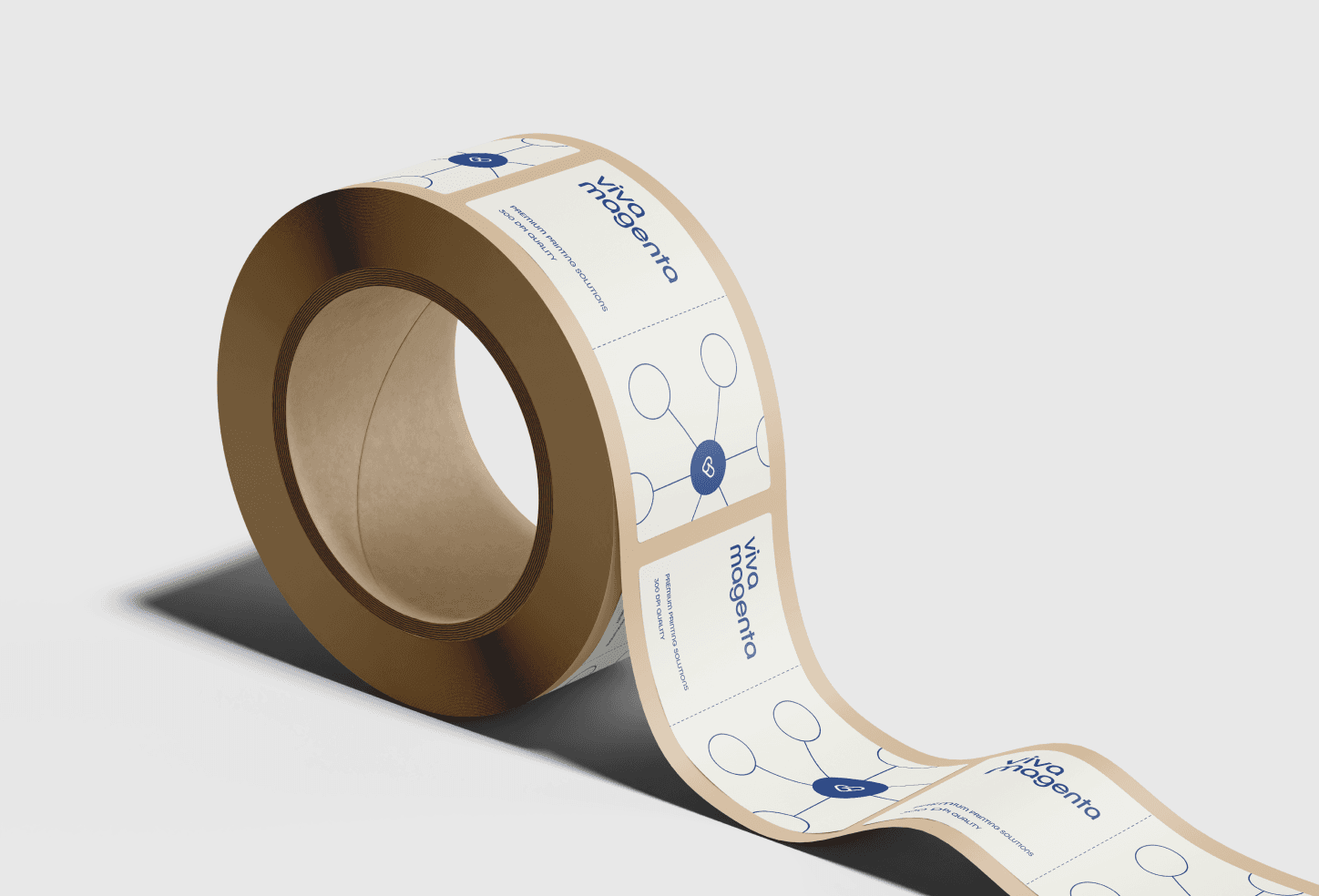The Complete Guide to FSC Certified Labels
What Does FSC Stand For?
The Forest Stewardship Council (FSC) represents the gold standard in sustainable forest certification. This international organisation has transformed the packaging industry by establishing rigorous, environmentally responsible resource management standards. For brands seeking sustainable label solutions, understanding FSC's role becomes crucial in making informed packaging decisions.
When choosing labels for your products, the FSC certification offers more than environmental credibility – it provides a complete chain of custody that traces your packaging materials from forest to final product. This traceability has become increasingly important as consumers demand transparency in sustainable practices.
What Does It Mean If a Product Is FSC Certified?
FSC certification on your adhesive roll labels signifies a commitment to responsible forest management throughout the production process. Each certified label assures that its materials come from forests, prioritising environmental protection, wildlife conservation, and community benefits.
This certification transforms your product packaging into a statement of environmental responsibility. When consumers see FSC certified labels on your products, they recognise your brand's dedication to sustainable practices. The certification process ensures that forests are managed responsibly, carefully focusing on replanting, biodiversity protection, and social responsibility.
For brands using roll labels, FSC certification delivers both environmental benefits and market advantages. The certification helps distinguish your products in an increasingly eco-conscious marketplace, where consumers actively seek brands that demonstrate genuine environmental commitment through their packaging choices.
What Does FSC Material Mean?
FSC materials in label packaging come in three distinct certifications, each serving different sustainability goals:
FSC 100% represents the highest standard, indicating that all label materials come directly from certified forests. These labels contain exclusively virgin fibre from forests managed according to FSC's strict environmental standards. Premium brands often choose this certification to demonstrate unwavering commitment to sustainability.
FSC Mix offers practical flexibility by blending certified, recycled, and controlled materials. This certification proves popular for adhesive roll labels, balancing environmental responsibility and cost-effectiveness. The Mix certification ensures responsible sourcing while accommodating various production requirements.
FSC Recycled certification validates labels made entirely from reclaimed materials. This option particularly appeals to brands emphasising waste reduction in their packaging strategy. By choosing recycled labels, brands contribute to circular economy principles while maintaining FSC's rigorous standards.
Implementing Sustainable Label Solutions
The transition to FSC certified labels requires careful consideration of your packaging needs. Modern printing technologies enable exceptional quality on certified materials, ensuring your labels maintain visual appeal while meeting sustainability goals. Whether you require small batches or large runs of adhesive labels, current production capabilities accommodate various requirements without compromising environmental standards.
Material selection plays a crucial role in successful implementation. Today's FSC certified papers deliver outstanding printability and performance across different applications. Advanced adhesive technologies ensure these sustainable labels maintain reliability in various environmental conditions, from refrigeration to outdoor exposure.
Making the Switch to Sustainable Labels
Using FSC certified labels represents an investment in environmental responsibility and brand reputation. Working with experienced label manufacturers who understand FSC certification ensures a smooth transition to sustainable packaging. These partnerships help navigate certification requirements while maintaining the quality standards your brand demands.
Cost considerations need not prevent the adoption of sustainable labels. While certified materials may carry a modest premium, the long-term benefits often outweigh the initial investment. Many brands find that FSC certified labels enhance their market position and appeal to environmentally conscious consumers, providing value beyond the immediate packaging function.
Ready to Transform Your Label Packaging?
As sustainability becomes increasingly central to consumer choices, FSC certified labels offer a tangible way to demonstrate environmental commitment. Whether you're launching a new product or updating existing packaging, sustainable label solutions can enhance your brand's environmental credentials while delivering the performance you need.
Contact our team to explore how FSC certified roll labels can elevate your product packaging while supporting environmental conservation. Let us help you navigate the options and find your brand's sustainable label solution.

